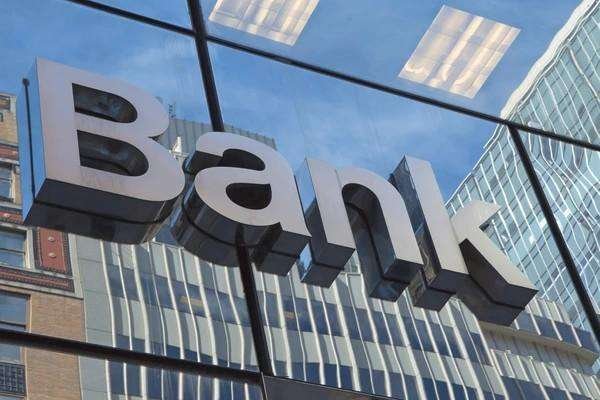In this article, we explore the role and functions of clearing banks, essential entities in financial transactions and settlements.
Table of Contents
What is a Clearing Bank?
1. Definition:
- Clearing Bank Definition: A clearing bank is a financial institution that facilitates the clearing of financial transactions between banks or financial entities.
- Key Functions: It acts as an intermediary to verify and settle transactions, ensuring the smooth transfer of funds.
- Central Role: Clearing banks play a pivotal role in the financial system by ensuring the efficiency and security of payment processes.
Functions of Clearing Banks
1. Transaction Verification and Settlement:
- Verification Process: Clearing banks verify the authenticity of transactions, ensuring that funds are available and transactions are legitimate.
- Settlement Services: They facilitate the final settlement of funds between banks, ensuring that payments are processed accurately and securely.
2. Clearing House Participation:
- Intermediary Role: In some cases, clearing banks operate within a clearing house framework, where multiple banks exchange and settle transactions through a centralized platform.
- Clearing House Functions: They manage the exchange of payment instructions, reconcile accounts, and ensure compliance with regulatory requirements.
How Clearing Banks Operate
1. Transaction Processing:
- Receipt of Instructions: Clearing banks receive payment instructions from sending banks or financial institutions.
- Verification: They verify the authenticity of the instructions and the availability of funds in the sender’s account.
- Clearing Process: Transactions are processed through the clearing system, which may involve batch processing or real-time settlement.
2. Settlement and Finality:
- Settlement Timing: Funds are transferred from the sender’s bank to the recipient’s bank account based on agreed-upon settlement times.
- Finality of Payment: Once settled, transactions are considered final, ensuring that funds are securely transferred to the intended recipient.
Example of Clearing Bank Functionality
1. Scenario:
- Check Clearance: A customer deposits a check issued by another bank into their account.
- Clearing Process: The check is sent to the clearing bank associated with the customer’s bank.
- Verification: The clearing bank verifies the check’s authenticity and the availability of funds in the issuing bank.
- Settlement: Once verified, funds are transferred from the issuing bank to the recipient’s bank account through the clearing bank.
Importance in Financial Transactions
1. Efficiency and Reliability:
- Transaction Efficiency: Clearing banks ensure timely and efficient processing of payments, reducing the risk of delays or errors.
- Risk Management: They mitigate risks associated with fraud and insufficient funds through rigorous verification processes.
- Regulatory Compliance: Clearing banks adhere to regulatory standards, ensuring transparency and legality in financial transactions.
Advantages and Considerations
1. Advantages of Clearing Banks:
- Payment Security: They provide secure mechanisms for transferring funds, safeguarding against unauthorized transactions.
- Operational Efficiency: Clearing banks streamline payment processes, enhancing overall operational efficiency for financial institutions.
- Transaction Visibility: Stakeholders have access to clear transaction records and audit trails, promoting transparency.
2. Considerations:
- Processing Times: Variations in clearing times may impact the availability of funds, especially in international transactions.
- Costs: Transaction fees and operational costs associated with clearing services may affect overall transactional costs.
Conclusion
Clearing banks play a crucial role in the financial ecosystem by facilitating the efficient and secure exchange of funds between banks and financial institutions. They ensure the verification and settlement of transactions, thereby supporting the smooth operation of payment systems. Understanding the functions and significance of clearing banks is essential for stakeholders in banking, finance, and commerce to navigate and optimize their financial operations effectively.
References
- “Understanding Clearing and Settlement Systems” – Bank for International Settlements
- “Role of Clearing Banks in the Payment System” – Federal Reserve Bank





